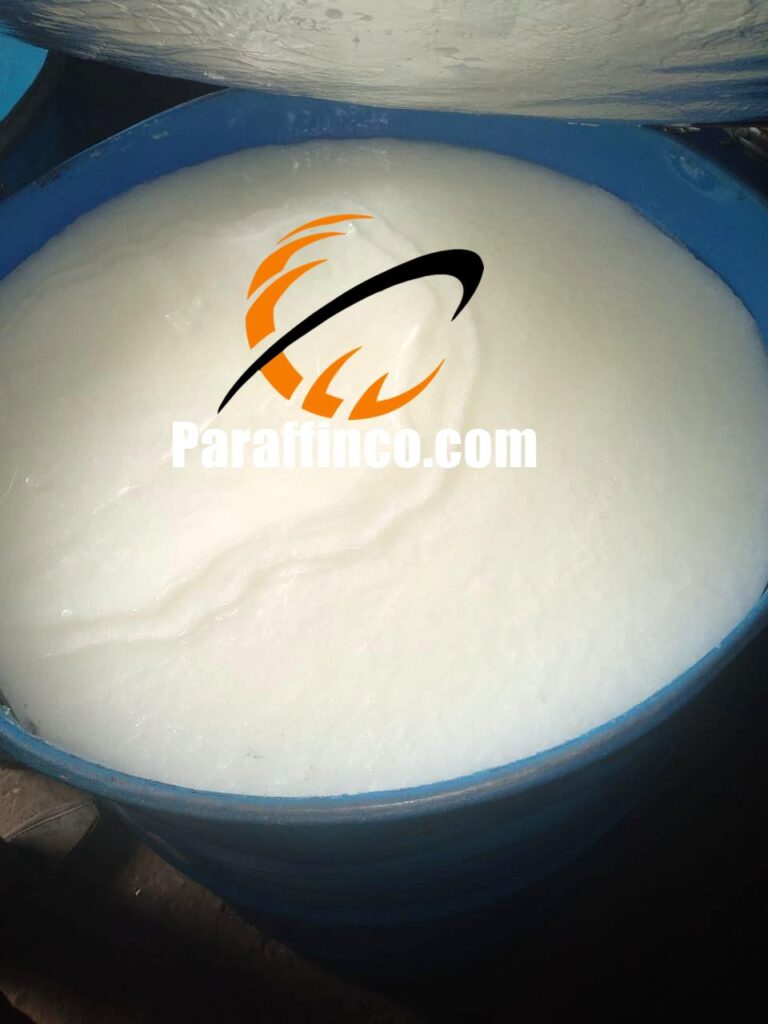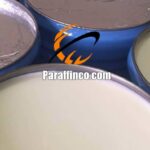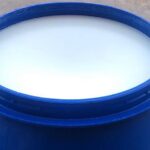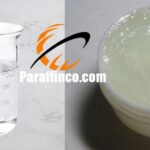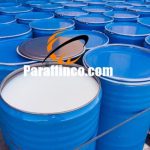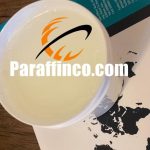White Petroleum Jelly: Its Uses & Application in Medical & Pharmaceutical Industry, Advantages & Disadvantages
White petroleum jelly, commonly known as petrolatum or simply petroleum jelly, is a semi-solid mixture of hydrocarbons originally promoted as a topical ointment for its healing properties. Today, it is widely used in various industries, particularly in medical and pharmaceutical applications. In this detailed blog, we will explore how white petroleum jelly is produced, its diverse uses, applications in the medical and pharmaceutical industry, and its advantages and disadvantages.
Understanding White Petroleum Jelly
What is White Petroleum Jelly?
It is a purified form of petroleum jelly. It is a mixture of mineral oils, paraffin, and microcrystalline waxes that, when blended together, form a smooth, jelly-like substance. Its purity, non-comedogenic nature, and inertness make it an ideal ingredient for various medical and cosmetic products.
Production of White Petroleum Jelly
Raw Materials
The primary raw material for producing white petroleum jelly is crude oil. The production process involves several steps to ensure the removal of impurities and achieve the desired consistency and color.
Refining Process
- Crude Oil Distillation: The first step in producing petroleum jelly is the distillation of crude oil. Crude oil is heated in a distillation tower, separating it into different fractions based on boiling points. The fraction used for petroleum jelly production is the heavy oil fraction.
- De-oiling: The heavy oil fraction undergoes a de-oiling process to remove unwanted waxes. This is done using solvents such as methyl ethyl ketone (MEK) which dissolve the oil but not the wax, allowing for separation.
- Hydrotreating: The de-oiled fraction is then subjected to hydrotreating, a process that uses hydrogen gas and a catalyst to remove sulfur, nitrogen, and other impurities. This step enhances the color and stability of the final product.
- Filtration and Bleaching: The product is filtered to remove any remaining impurities. Bleaching agents, such as activated carbon or clay, are used to further purify the product and achieve the white color.
- Blending: The purified fractions are blended together to achieve the desired consistency and properties. This blend typically includes mineral oils, paraffin wax, and microcrystalline waxes.
- Quality Control: The final product undergoes rigorous quality control tests to ensure it meets industry standards for purity, consistency, and performance.
Uses and Applications of White Petroleum Jelly
-
Medical Applications
- Wound Healing: It is widely used as a protective dressing for minor cuts, burns, and abrasions. It creates a barrier that prevents contaminants from entering the wound, keeping it moist and promoting faster healing.
- Skin Protection: It is used to protect the skin from moisture loss and external irritants. This is particularly beneficial for patients with conditions such as eczema or psoriasis.
- Diaper Rash Prevention: White petroleum jelly is a popular choice for preventing and treating diaper rash in infants. Its protective barrier helps keep moisture away from the skin, reducing the risk of irritation.
- Post-Surgical Care: It is applied to surgical incisions to protect the area and promote healing.
-
Pharmaceutical Applications
- Ointment Base: It is used as a base for many ointments and creams. It helps deliver active ingredients to the skin while providing a soothing and protective layer.
- Tablet Coating: It is used as a coating for tablets to control the release of active ingredients and improve the tablet’s appearance and swallowability.
- Lubricant for Medical Devices: It is used as a lubricant for medical devices, such as catheters and gloves, to reduce friction and facilitate ease of use.
-
Cosmetic Applications
- Moisturizers and Lotions: White petroleum jelly is a common ingredient in moisturizers and lotions due to its excellent moisturizing properties. It helps keep the skin hydrated and supple.
- Lip Balms and Lip Glosses: It is used in lip balms and glosses to provide a protective layer and add shine.
- Makeup Remover: It can be used to gently remove makeup, including waterproof mascara, without irritating the skin.
- Hair Care Products: It is sometimes used in hair care products to add shine and moisture to dry or damaged hair.
-
Industrial Applications
- Lubrication: It is used as a lubricant for machinery and tools in various industries due to its non-reactive and stable nature.
- Rust Prevention: It is applied to metal surfaces to prevent rust and corrosion.
- Leather Conditioning: It is used to condition and protect leather goods, such as shoes, bags, and furniture.
Advantages of White Petroleum Jelly
- Versatility
White petroleum jelly is a versatile product with a wide range of applications in medical, pharmaceutical, cosmetic, and industrial fields.
- Safety
It is hypoallergenic, non-comedogenic, and non-irritating, making it safe for use on sensitive skin and in various formulations.
- Moisturizing Properties
White petroleum jelly forms a barrier on the skin, locking in moisture and preventing dryness. This makes it an excellent moisturizer for dry and chapped skin.
- Protection
Its barrier-forming properties protect the skin from external irritants, promoting healing and preventing infection in minor wounds.
- Stability
White petroleum jelly is chemically stable and has a long shelf life. It does not spoil or degrade easily, making it a reliable ingredient for various products.
Disadvantages of White Petroleum Jelly
- Greasiness
One of the main drawbacks of white petroleum jelly is its greasy texture. It can leave a residue on the skin and may stain clothing.
- Occlusive Nature
While its occlusive nature helps retain moisture, it can also trap dirt and bacteria if not applied to clean skin. This can potentially lead to clogged pores and breakouts.
- Petroleum Origin
White petroleum jelly is derived from petroleum, a non-renewable resource. This raises environmental concerns, particularly regarding its sustainability and ecological impact.
- Limited Absorption
White petroleum jelly sits on the surface of the skin rather than being absorbed. While this is beneficial for barrier protection, it may not provide deep hydration for extremely dry skin.
How Paraffin Co. Ensures Quality in White Petroleum Jelly
- High-Quality Raw Materials
Paraffin Co. sources only the highest quality raw materials for producing white petroleum jelly. The crude oil used is carefully selected to ensure the final product meets stringent quality standards.
- Advanced Refining Processes
Paraffin Co. utilizes state-of-the-art refining processes to ensure the purity and consistency of their white petroleum jelly. The use of advanced technologies and rigorous quality control measures guarantees a superior product.
- Customization
Recognizing the diverse needs of different industries, Paraffin Co. offers customizable formulations of white petroleum jelly. Whether for medical, pharmaceutical, or cosmetic applications, Paraffin Co. can tailor its products to meet specific requirements.
- Commitment to Sustainability
Paraffin Co. is dedicated to sustainability and environmental responsibility. The company employs eco-friendly practices in its production processes, minimizing waste and reducing the environmental impact of its operations.
Conclusion
White petroleum jelly, with its myriad uses and benefits, is an indispensable product in various industries. From medical and pharmaceutical applications to cosmetics and industrial uses, its versatility and effectiveness are unparalleled. Paraffin Co., as a leading supplier, ensures that its white petroleum jelly meets the highest standards of quality and performance, catering to the diverse needs of its customers.
Whether you are looking for a reliable wound care product, a moisturizing ingredient for cosmetics, or a protective lubricant for industrial applications, white petroleum jelly from Paraffin Co. is a trusted choice. Embrace the benefits of this remarkable product and discover how it can enhance your daily routine and improve your products.
You can Read More about this product Here: White Petroleum Jelly
If You have any other Query or Question you want to ask, Please don’t hesitate to Contact Us

